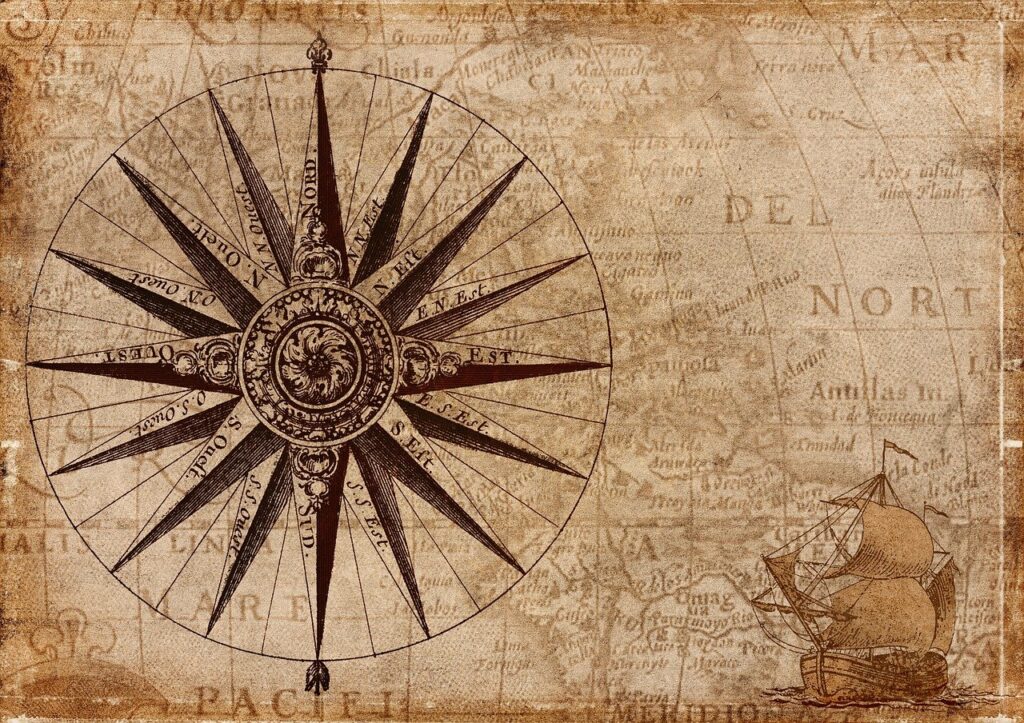As a new boater, you’ll soon find that the ocean has its own language, and to navigate these vast waters with ease, understanding nautical terminology is a must. In this blog post, we’ll embark on a thrilling journey to decode the language of the sea, learning essential nautical terms that will help you communicate effectively, sail with confidence, and immerse yourself in the timeless traditions of seafaring.

The Importance of Nautical Terminology:
Imagine being on a boat, and the captain calls out a series of terms that sound like a foreign language. In such moments, knowing nautical terminology becomes more than just a matter of understanding; it becomes a matter of safety. Nautical terms are precise and concise, designed to convey crucial information quickly and accurately. Whether you’re communicating with fellow boaters, deciphering navigational charts, or following instructions from a skipper, knowing these terms will make your boating experience smooth and enjoyable.
Essential Nautical Terms for New Boaters:
- Port and Starboard: Port refers to the left side of the boat when facing the bow (front), while starboard refers to the right side. Remember the saying, “Red port wine is left in the bottle.”
- Bow and Stern: The bow is the front of the boat, and the stern is the back. Visualizing these terms will help you understand directions and locations on the vessel.
- Aft and Forward: Aft means toward the stern (back), and forward means toward the bow (front).
- Amidships: The central part of the boat, between the bow and stern, is called amidships.
- Beam: The width of the boat at its widest point is its beam.
- Helm: The steering mechanism or the place where the steering wheel is located.
- Mast: The vertical pole or spar that holds the sails.
- Boom: The horizontal spar attached to the bottom of the mast that supports the bottom edge of the mainsail.
- Keel: The fin-like structure extending below the boat’s hull that provides stability and prevents sideways drift.
- Halyard: A line used to raise or lower sails or flags.
- Sheet: A line used to control the angle of a sail in relation to the wind.
- Windward and Leeward: Windward is the direction from which the wind is blowing, while leeward is the opposite direction, sheltered from the wind.
- Tacking and Jibing: Tacking is turning the bow of the boat through the wind to change direction, while jibing is turning the stern through the wind.
- Bearing: The direction from one object to another, expressed in degrees, typically measured clockwise from north.
- Knot: A unit of speed equal to one nautical mile per hour.
- Draft: The vertical distance between the waterline and the deepest point of the boat’s hull.
- Freeboard: The distance from the waterline to the deck at the side of the boat.
- Heeling: The leaning of a boat to one side due to wind or weight distribution.
- PFD: Personal Flotation Device, commonly known as a life jacket or life vest.
- Bearing Away and Heading Up: Bearing away is steering the boat away from the wind, and heading up is steering closer to the wind.
Tips for Learning Nautical Terminology:
- Study Nautical Books and Resources: There are numerous books, websites, and apps dedicated to nautical terminology. Invest time in studying and familiarizing yourself with these terms.
- Use Flashcards and Visual Aids: Create flashcards with terms and their meanings. Visual aids like diagrams of boats with labeled parts can also be beneficial.
- Practice with Experienced Boaters: Spend time with experienced boaters who can use nautical terms in real-life contexts, making learning more practical.
- Apply Terminology While Sailing: Start using these terms while on the boat. Practicing will help reinforce your knowledge.
- Be Patient and Persistent: Learning nautical terminology takes time and practice. Be patient with yourself and stay persistent.
Learning nautical terminology is like acquiring a new language – a language that opens the door to a world of adventure, camaraderie, and endless horizons. Embrace these terms as your seafaring vocabulary and set sail with confidence, knowing that you can navigate the vast waters with ease and communicate fluently with fellow boaters. As you immerse yourself in the rich traditions of sailing, let these words become a part of your boating legacy, guiding you to unforgettable voyages on the high seas. Bon voyage and fair winds!
